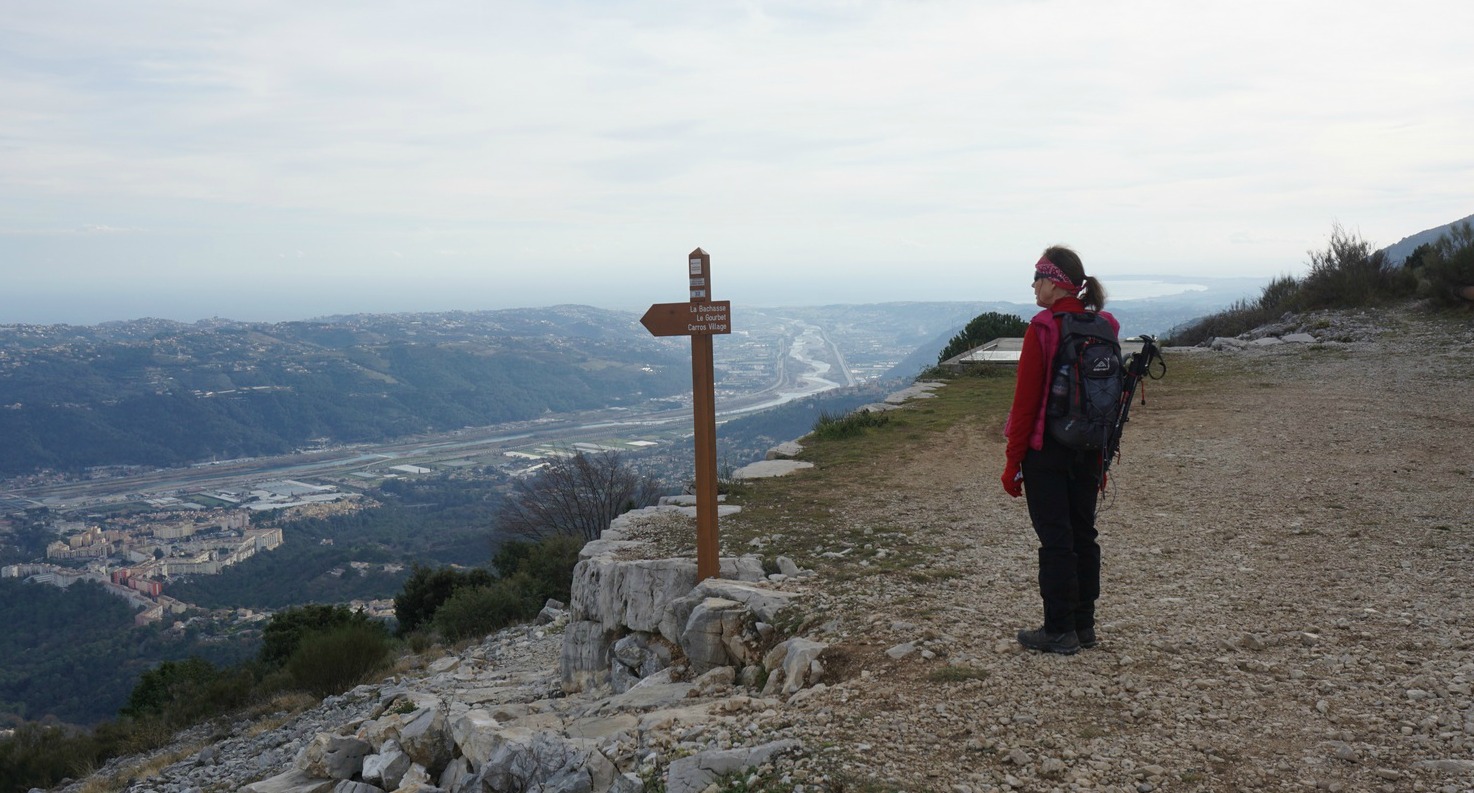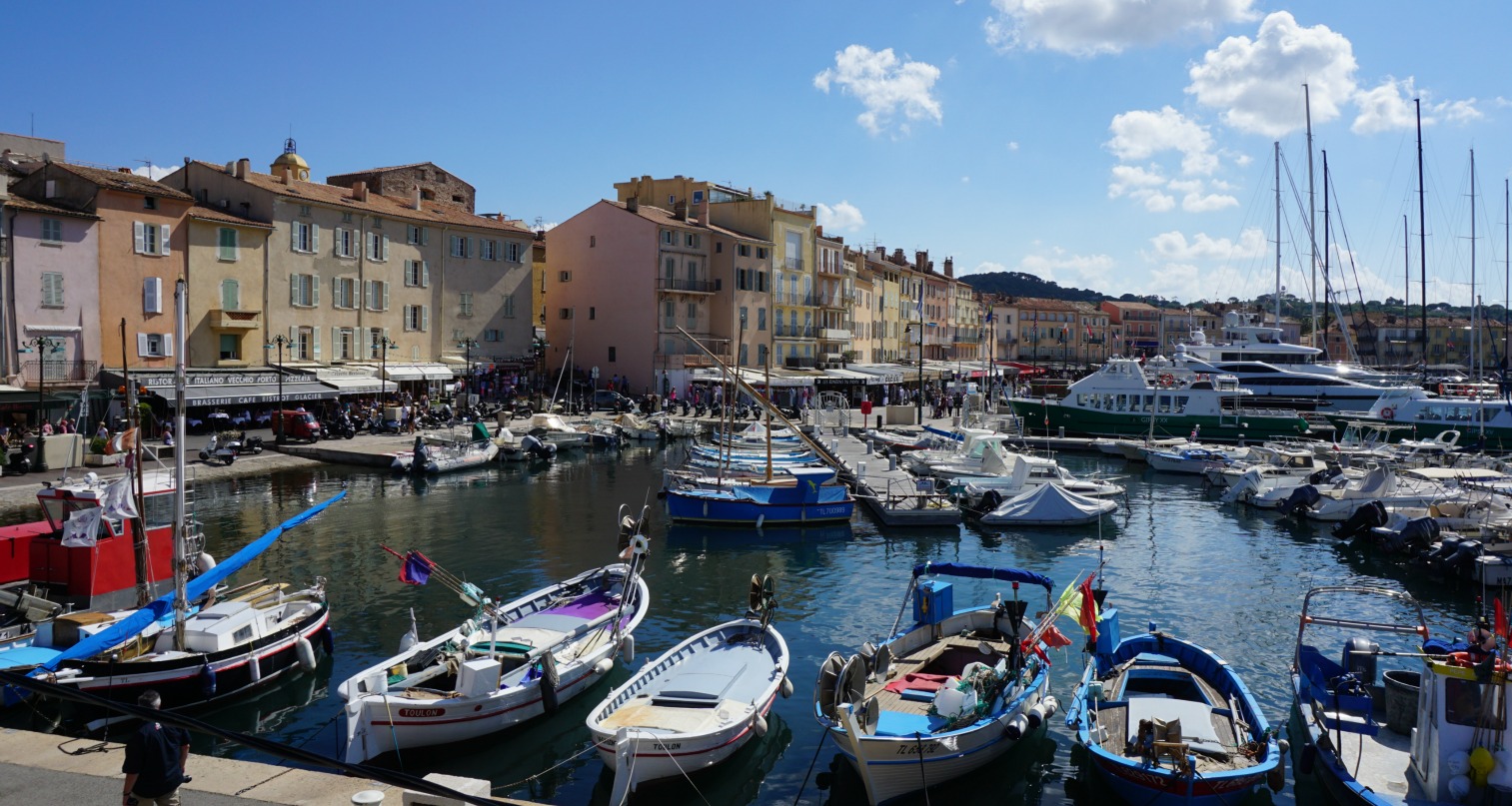La Couronne de Charlemagne above Cassis
La Couronne de Charlemagne above Cassis
La Couronne de Charlemagne, the crown of Charles the Great, is a distinctive hilltop (329 m according to the IGN map, although our GPS recorded max 312 m) above Cassis. It reminded us of the Baous above Nice because of its form. We called it the baby Baou because of its smaller size. With some imagination, the hill may...





















